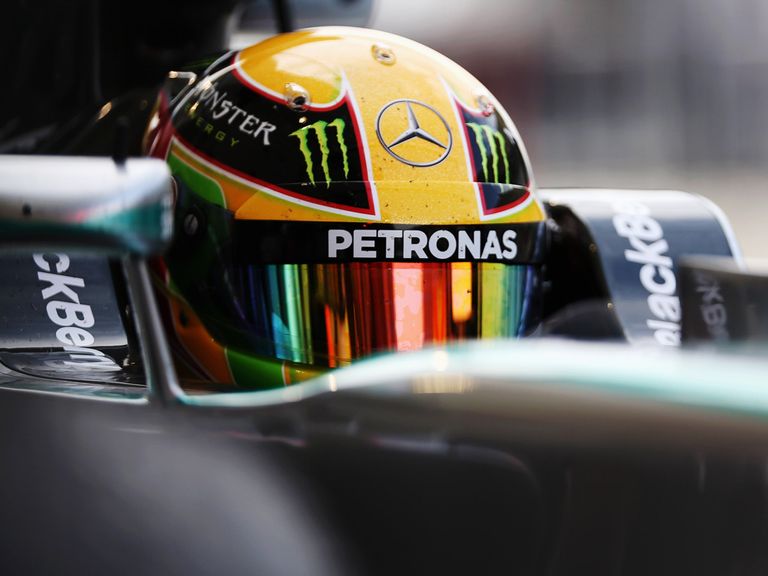The sensor is just a sensor, not a computer. The software in the systems ECU makes the correction, this is built into the car so each team need to know what the correction value is. ALL sensors need calibrating, even those on road cars, but dont need to be so accurate, so as long as they work, they are fine. Indeed replacing a sensor on your road car can make it run worse if its a bad sensor, its pretty common. The dealer doesnt calibrate it, you just swap it out.hardingfv32 wrote:I can see the unit having a correction factor, but why would it be known to the user? Why is the unit not correctly calibrated at delivery?ChrisM40 wrote:There are actually 2 correction factors in play. There is the sensor correction factor, thats how much its out by according to the calibration, and the car correction factor, how much the car is actually using. The latter is dynamic and is what the FIA advises the team of during the race. Its how much the team needs to reduce their usage by in order to comply. RB ignored that correction because they thought the FIA sensor was wrong.
DYNAMIC correction???? Now this sounds like SB. How in the world do I calibrate an instrument after installation? What is your baseline and how is it measured????
Brian
The dynamic correction is to the CARS usage, NOT to the sensor. The technical representative will tell the team they are over limit and issue them with a correction, the driver then has to adjust the car to prevent over use. Basically they will say that you are using, say, 103kg/h, so turn down your map to be compliant.


